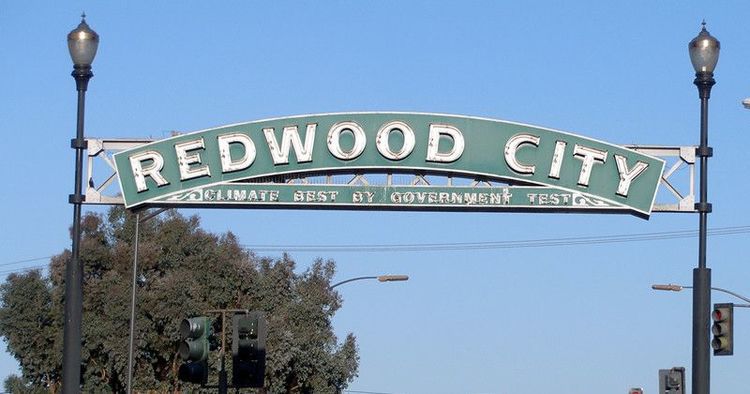
By Steve Sailer
08/19/2019
From an interview in Vox:
Are red or blue areas more mobile?
Ezra Klein: Because you’ve done such granular work on which neighborhoods throughout the US provide opportunity, I’m curious if you’ve developed a view on whether political ideology plays a role here. Does living in a more blue or red area have a significant impact on opportunity?
Raj Chetty: When you look regionally, you tend to find that the highest levels of upward mobility are in the Great Plains and some parts of the coast, while you have far lower levels in much of the Southeast. If you were to just take that data you will find essentially a zero correlation with Republican and Democratic voters.
If you zoom into local areas, you will find that a lot of the variation in upward mobility is actually coming from neighborhoods that are just a few miles apart from each other — often within the same city. There are parts of the Bay Area, for example, like Redwood City, that are relatively affordable with quite high rates of upward mobility. But just a few miles down the road in East Palo Alto, you find much lower levels of upward mobility.
Nobody except me ever calls Raj Chetty on his examples.
Redwood City is home to Oracle, a vast corporation founded by zillionaire Larry Ellison. I spent 9 days in one of Oracle’s five skyscrapers in Redwood City shepherding an M&A deal in 1994. The 2010 Census reported that Redwood City’s demographics are:
Average rent in Redwood City is $3,336.
East Palo Alto was the Murder Capital of America in 1992, although it has improved greatly since then due to Hispanics replacing blacks. In 2010 it was:
Average rent in East Palo Alto is now $2,746, due to rapid gentrification in recent years.
The post 2010 gentrification of East Palo Alto has brought rents closer together, but obviously Redwood City has the superior demographics.
This is a content archive of VDARE.com, which Letitia James forced off of the Internet using lawfare.